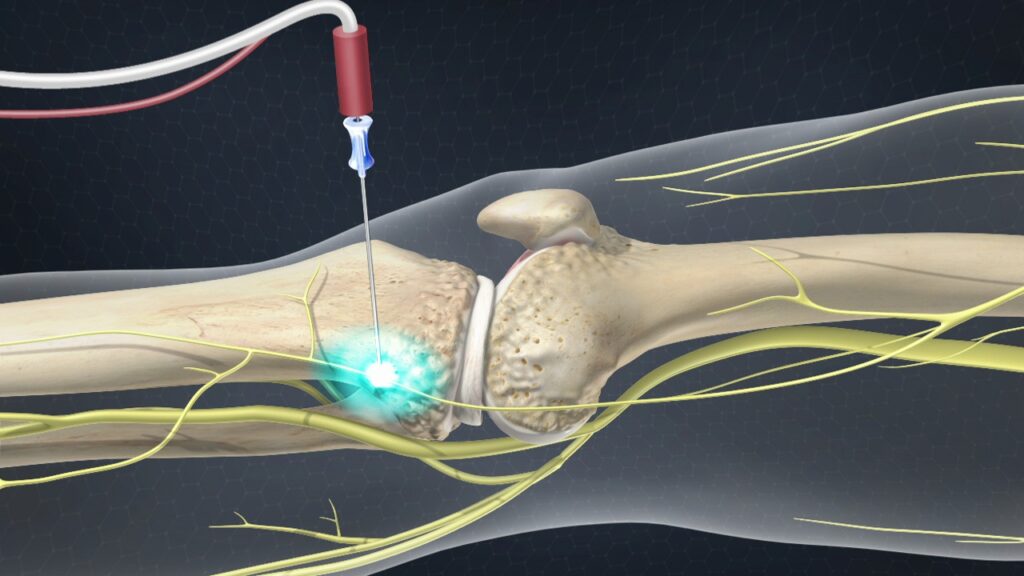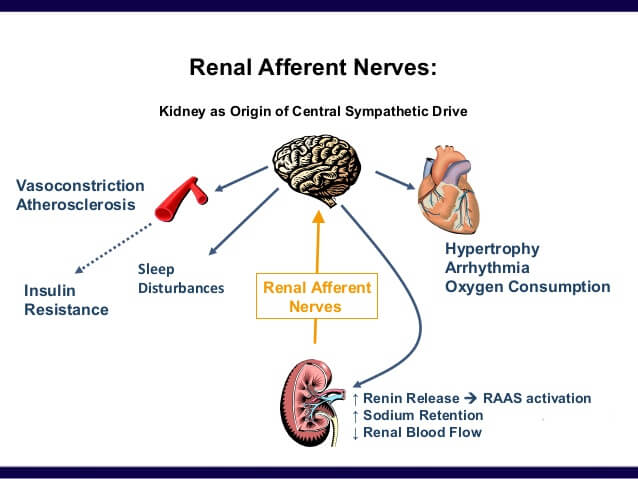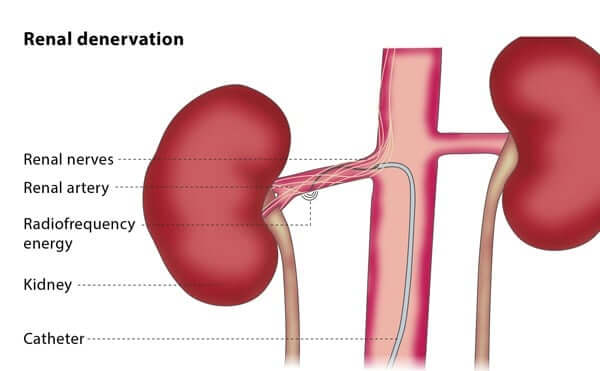Nerve Denervation
What is Nerve Denervation?
Nerve denervation, also known as radiofrequency denervation or radiofrequency ablation, is a medical technique focused on disrupting the function of specific nerves to alleviate chronic pain. This procedure involves the use of radiofrequency waves to create heat, targeting the nerves responsible for transmitting pain signals. While the procedure itself involves a series of steps


let's delve into the broader aspects of nerve denervation without detailing the specific procedural steps
• Pain Transmission: Nerve denervation is primarily employed to address chronic pain conditions that result from the transmission of pain signals along specific nerves. These nerves may be associated with facet joints, sacroiliac joints, or other peripheral areas of the body.
• Radiofrequency Waves: The core mechanism involves the application of radiofrequency waves. These waves generate heat, which is directed at targeted nerves. The objective is to disrupt the nerve’s ability to transmit pain signals, thereby providing relief for individuals experiencing chronic pain.
• Selective Nerve Targeting: The procedure is selective, focusing on specific nerves associated with the individual’s pain condition. This precision allows healthcare providers to address the root cause of pain without affecting surrounding tissues or unrelated nerves.
• Long-Term Pain Management: Nerve denervation is considered a therapeutic approach for long-term pain management. By interrupting the communication between nerves and the brain regarding pain signals, the procedure aims to provide lasting relief, potentially reducing the need for ongoing pain medications.
Indications
• Facet Joint Pain: Nerve denervation is often used to manage chronic pain arising from facet joints in the spine. These joints can be a source of discomfort, especially in conditions like osteoarthritis.
• Sacroiliac Joint Pain: Sacroiliac joint pain, commonly associated with inflammation or dysfunction of the sacroiliac joint connecting the spine and pelvis, is another condition where nerve denervation may be applied for pain relief.
• Peripheral Nerve Pain: Certain peripheral nerves contributing to chronic pain, such as those related to arthritis or joint conditions, may be targeted for denervation.

Some quick information
Our goal is to help the patient regain their quality of life
We relieve your pain, helping you be yourself again!

